Back to Courses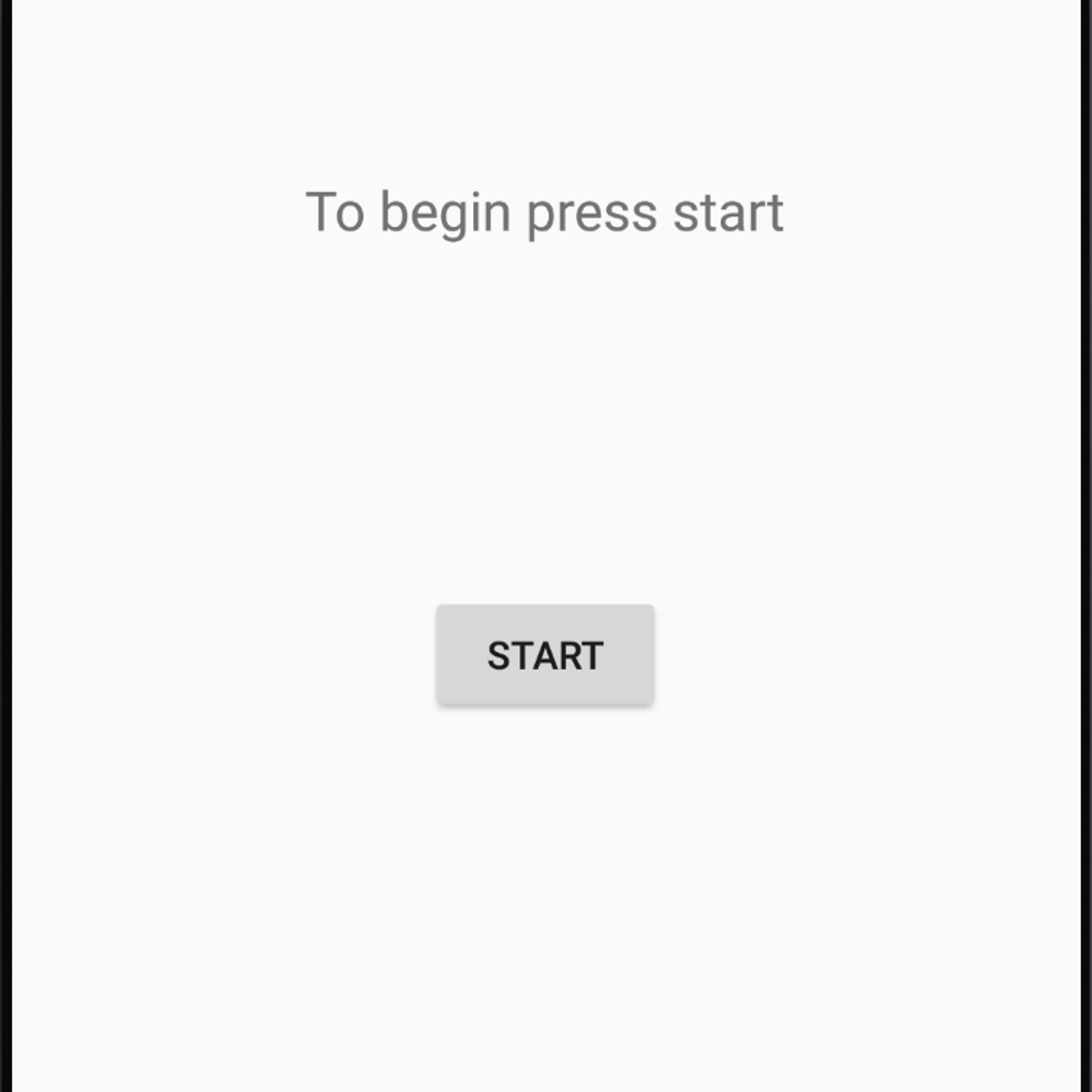

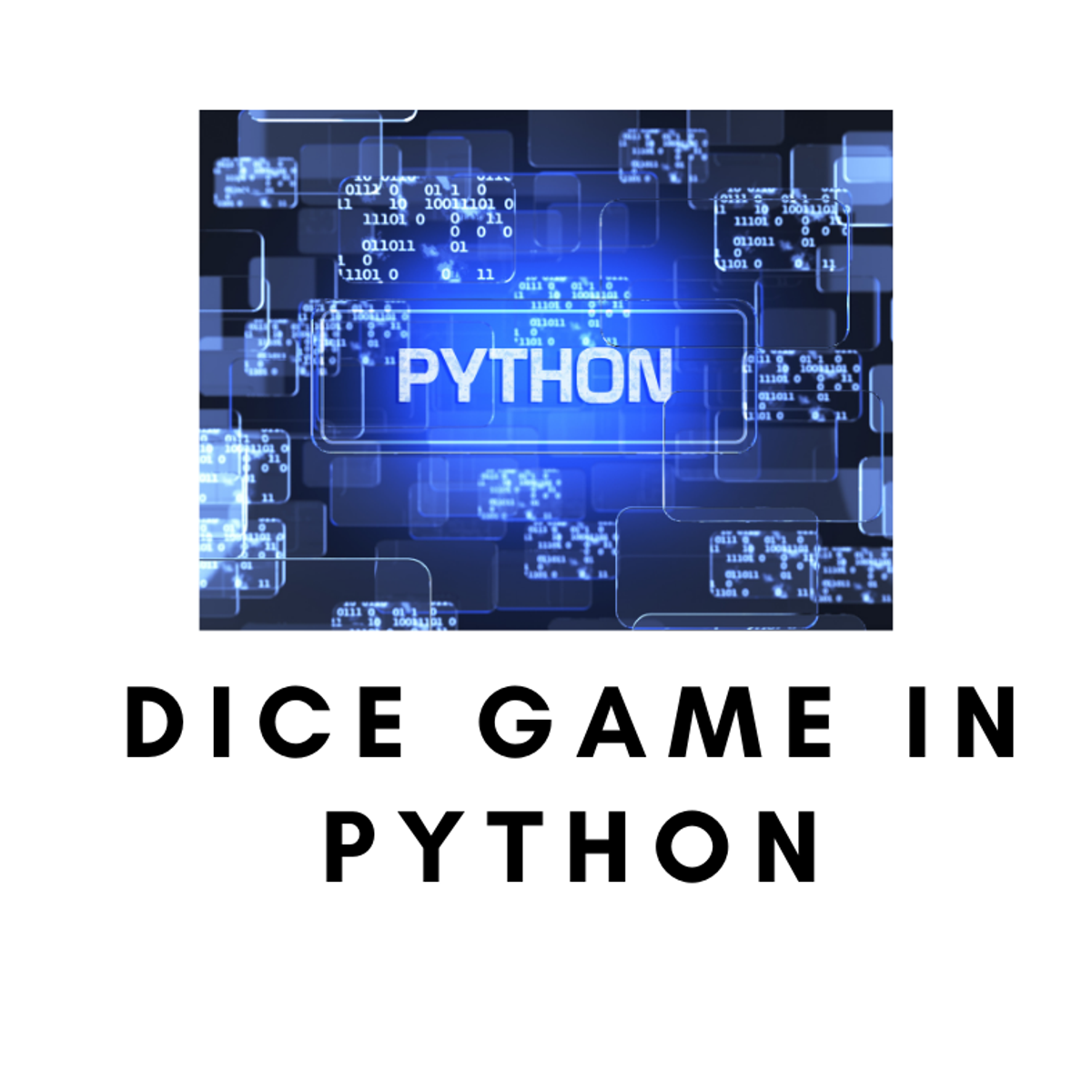
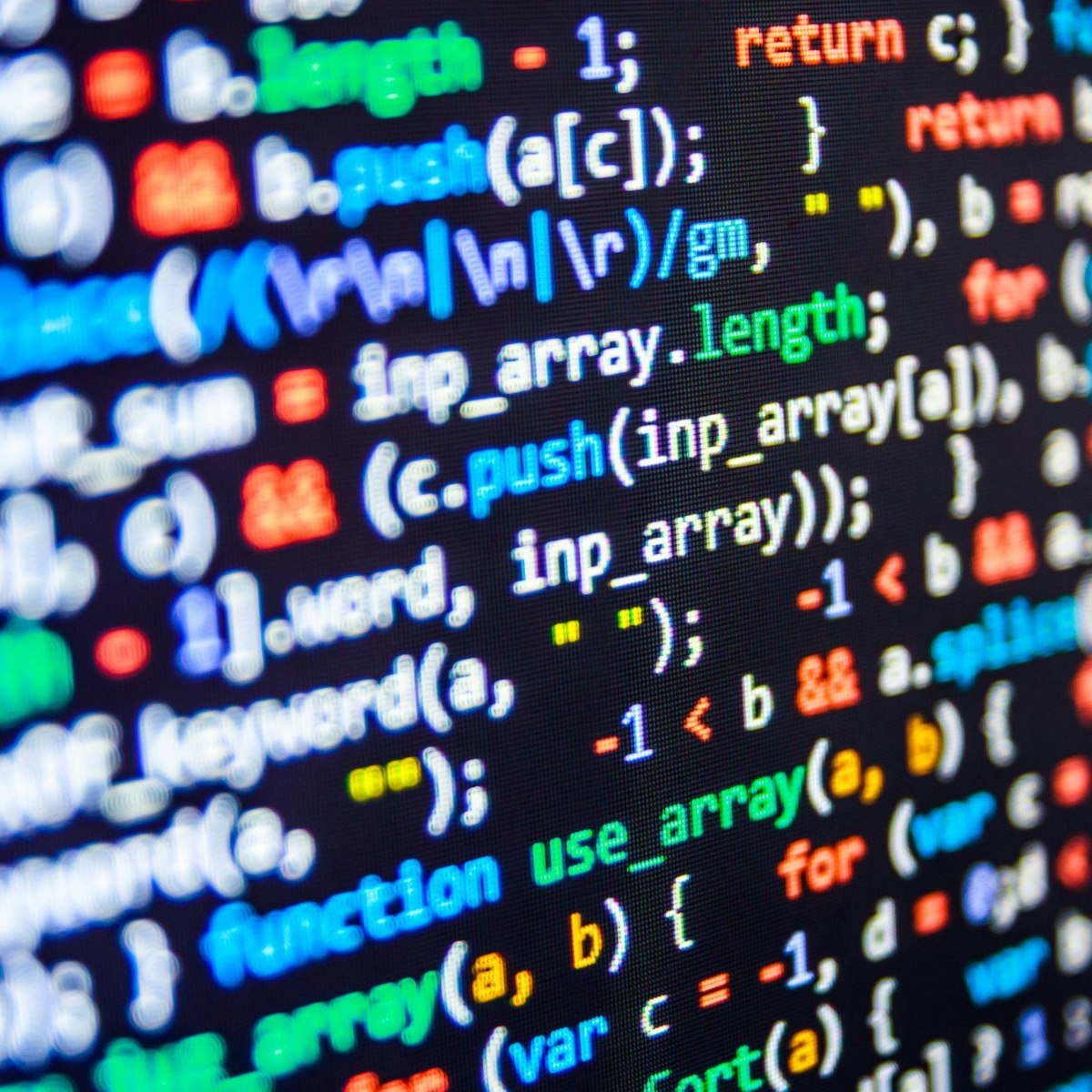
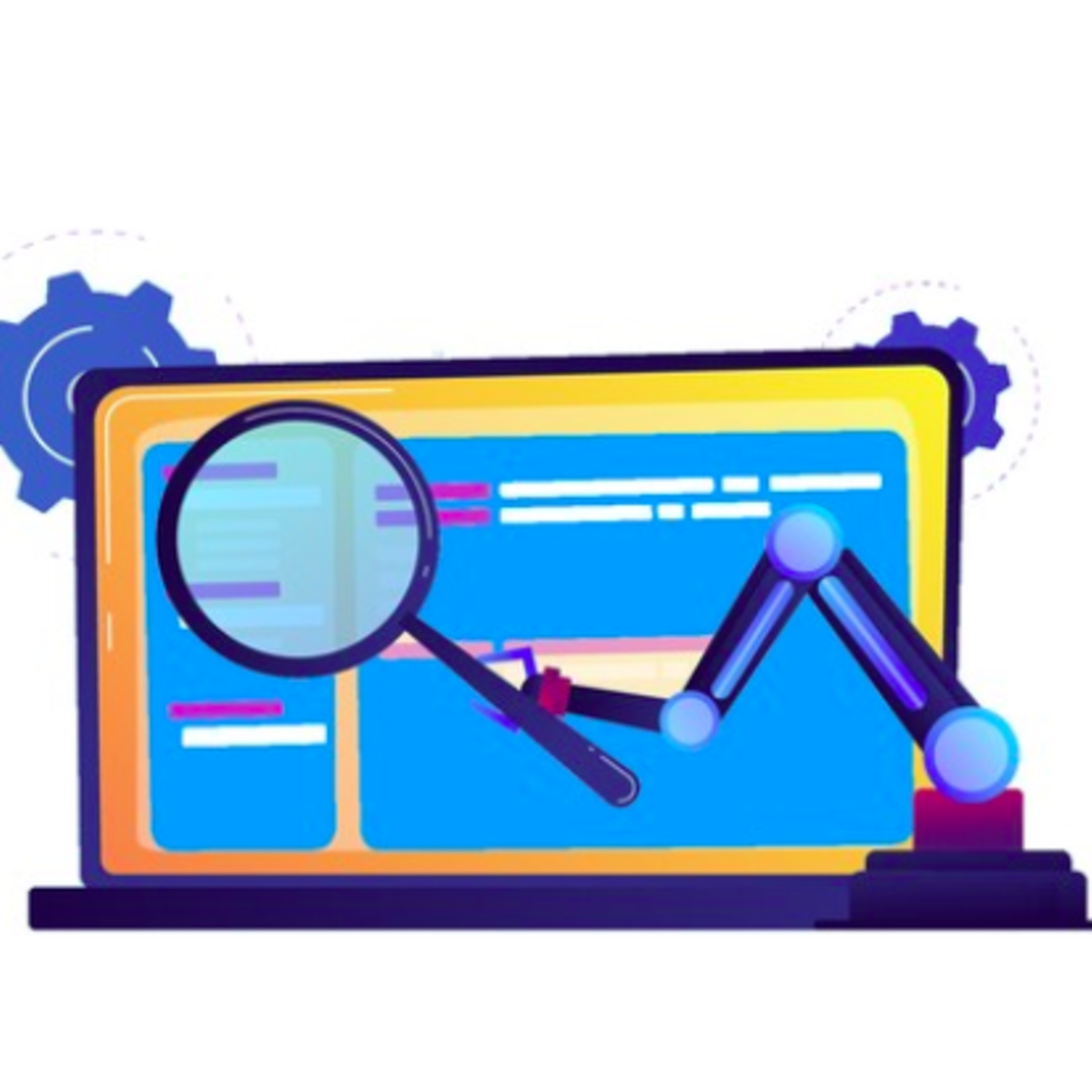
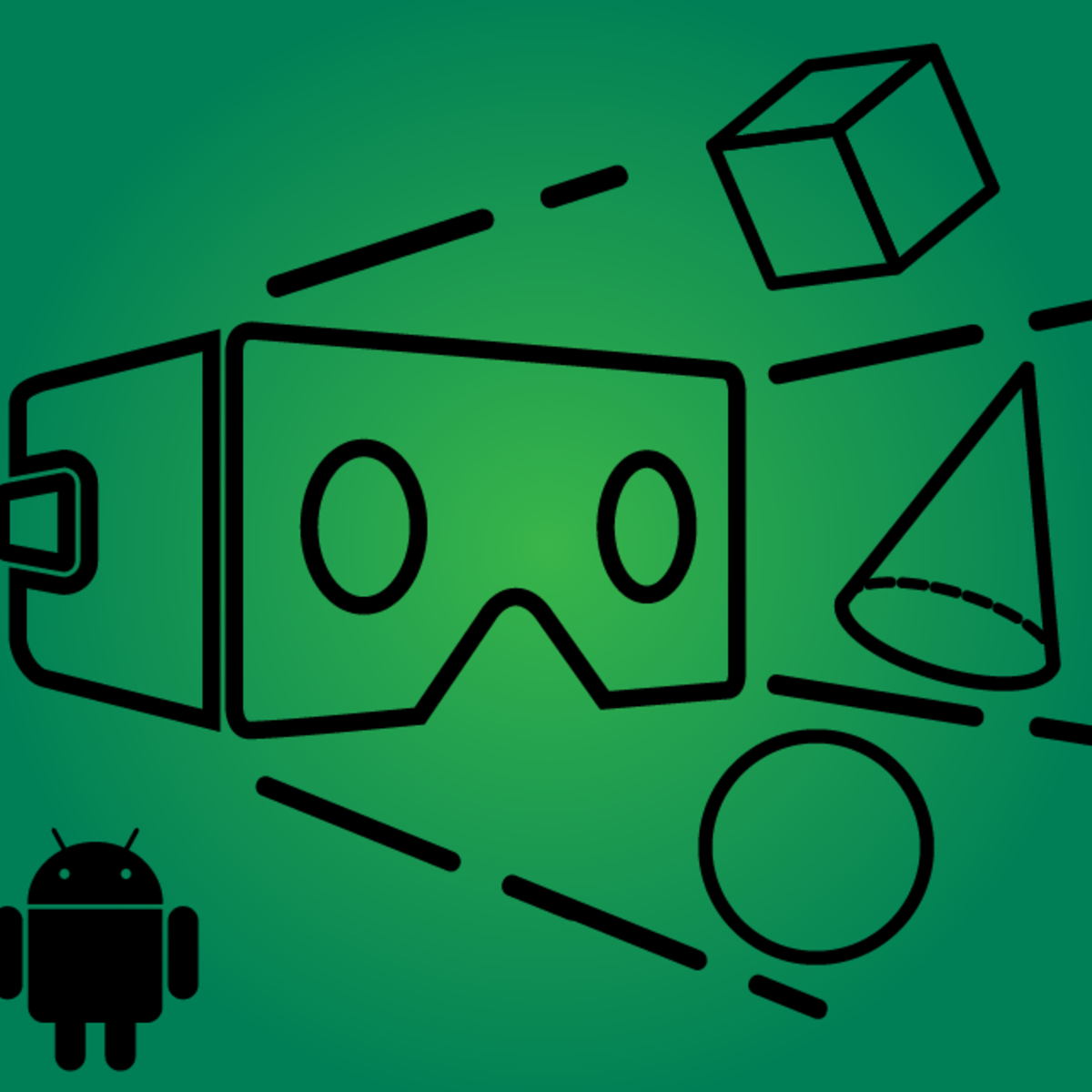
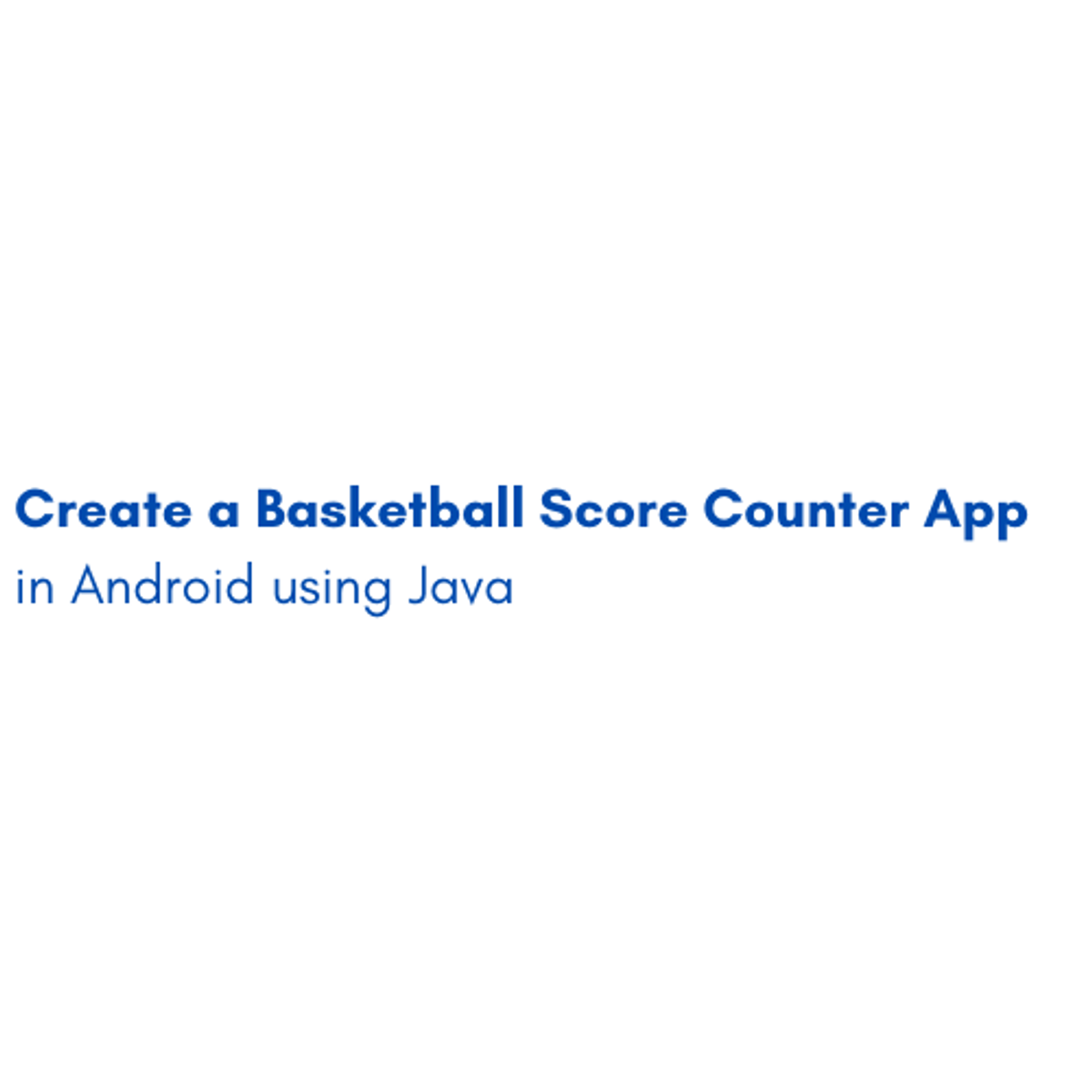
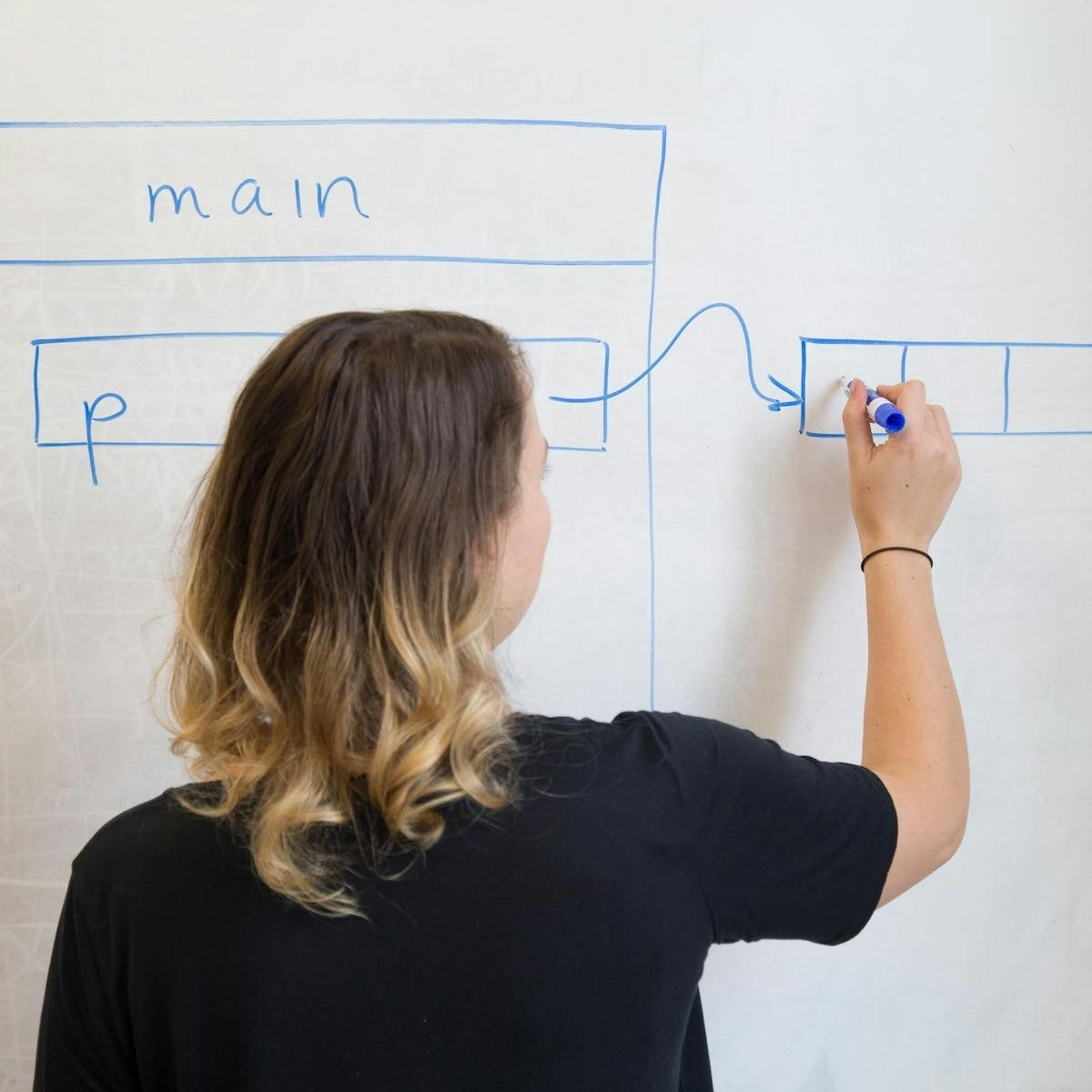


Software Development Courses - Page 50
Showing results 491-500 of 1266

Access WebView in an Android Studio Project
In this 1-hour long project-based course, you will learn how to use WebView to access web content within an Android app, how to adjust you android manifest permissions to allow internet access, and how to adjust your app settings to enable/disable safe browsing and JavaScript, and you will display web content inside your app.
Note: This course works best for learners who are based in the North America region. We’re currently working on providing the same experience in other regions.
Projects in Series 1:
1. Build a Simple App in Android Studio with Java
2. Build a Persistent Storage App in Android Studio
3. Build a Linear Layout App in Android Studio
4. Build a Relative Layout App in Android Studio
5. Build a Table Layout App in Android Studio
Projects in Series 2:
1. Build an App in Android Studio using Resources
2. Build an App in Android Studio using Static Files
3. Build an App in Android Studio using Read - Write
4. Build an App in Android Studio using onTouch
5. Build an App in Android Studio using Activities
Projects in Series 3:
1. Access CSV in an Android Studio Project
2. Access SQLite in an Android Studio Project.
3. Access WebView in an Android Studio Project.
4. Access NFC in an Android Studio Project
5. Access Maps in an Android Studio Project.

Create a User Interface in Unity Part 2 - World-Space Canvas
In this one-hour, project-based course, you will be introduced to Unity's User Interface (UI) Toolkit for creating user interface for your game world. This project covers creating and setting up each UI component and writing a script that will update the UI elements based on certain game events.
The guided project will introduce you to the following Unity UI concepts:
- World-space Canvas
- Rect Transform
- Text
- Image
- Tags
- Scripting in C# to control UI content
This is Part 2 of a four-part series on creating a good-looking user interface for your game or other Unity application. Part 1 covered creating a screen overlay canvas for typical player-feedback such as health and score. Part 3 will demonstrate how to create a settings menu and Part 4 will show you how to create a UI that will automatically adapt to the aspect ratio of any screen.
This is a stand-alone guided project, but because this is a continuation of the previous part in the "User Interface" series, it is recommended that you complete the first part before commencing this guided project.
This series makes use of the sci-fi-themed Unity project created in Create Power-Ups and Obstacles with C# in Unity. It compliments this guided project and, although not a prerequisite, is recommended for a more well-rounded understanding of the concepts presented herein.

Dice Game in Python
By the end of this project, you will create a dice game using Python. This course will enable you to take your beginner knowledge in Python and apply that knowledge to a project and take that knowledge to the next level.
This beginner tutorial will take you through creating a simple dice application with two players. It will utilize in-built functions and imports such as random and input. The short project will enable beginners in python to understand how to utilize basic python syntax knowledge into a program.
Note: This course works best for learners who are based in the North America region. We’re currently working on providing the same experience in other regions.

Algorithms for Searching, Sorting, and Indexing
This course covers basics of algorithm design and analysis, as well as algorithms for sorting arrays, data structures such as priority queues, hash functions, and applications such as Bloom filters.
Algorithms for Searching, Sorting, and Indexing can be taken for academic credit as part of CU Boulder’s Master of Science in Data Science (MS-DS) degree offered on the Coursera platform. The MS-DS is an interdisciplinary degree that brings together faculty from CU Boulder’s departments of Applied Mathematics, Computer Science, Information Science, and others. With performance-based admissions and no application process, the MS-DS is ideal for individuals with a broad range of undergraduate education and/or professional experience in computer science, information science, mathematics, and statistics. Learn more about the MS-DS program at https://www.coursera.org/degrees/master-of-science-data-science-boulder.

Create Your First Automation Script Using Selenium and Java
“Selenium automates browsers, that’s it. What you do with that power is up to you.”
Selenium is the most widely used UI automation tool to test web applications.
By the end of this one-hour project-based course, you will learn the basics of the selenium automation testing tool.
Through hands-on, practical experience, you will go through concepts like using the Eclipse IDE, creating a new project, hands-on with commonly used selenium commands, interacting with common elements of a web application like textbox, radio buttons, normal buttons.
3D Graphics in Android: Sensors and VR
This course is an ideal introduction into creating virtual environments in Android. This course is unique as it covers a range of tools and techniques to create immersive 3D environments, giving you a rounded skill set in this growing field. By the end of this course, you will really be able to bring your VR ideas to life!
The first part of the course covers animation, lighting and reflection. We then move onto textures and handling multiple 3D objects. Finally, we'll look at housing all of this within a binocular view to create a VR experience.
There are practical exercises throughout the course to apply your understanding, and there is a summative project which can form part of your professional portfolio.
This course assumes a knowledge of Android programming and OpenGL. I recommend completing my two Coursera courses on these topics, as these are the perfect primer.

Create a Basketball Score Counter App in Android using Java
By the end of this project, you will create a fully functional Android Application using Java and Android Studio. you will be able to design an Android App from scratch and make it responsive to button touches by creating Basketball Score Counter Application. This project gives you a head start with one of the most widely used Mobile platforms, Android development. Learning Android Development will open the door for you to create rich Mobile applications customized to fit your needs.
Note: This course works best for learners who are based in the North America region. We’re currently working on providing the same experience in other regions.

Interacting with the System and Managing Memory
The final course in the specialization Introduction to Programming in C will teach you powerful new programming techniques for interacting with the user and the system and dynamically allocating memory. You will learn more sophisticated uses for pointers, such as strings and multidimensional arrays, as well as how to write programs that read and write files and take input from the user. Learning about dynamic memory allocation will allow your programs to perform complex tasks that will be applied in the final part of the specialization project: a Monte Carlo simulation for calculating poker hand probabilities.

Advanced Algorithms and Complexity
In previous courses of our online specialization you've learned the basic algorithms, and now you are ready to step into the area of more complex problems and algorithms to solve them. Advanced algorithms build upon basic ones and use new ideas. We will start with networks flows which are used in more typical applications such as optimal matchings, finding disjoint paths and flight scheduling as well as more surprising ones like image segmentation in computer vision. We then proceed to linear programming with applications in optimizing budget allocation, portfolio optimization, finding the cheapest diet satisfying all requirements and many others. Next we discuss inherently hard problems for which no exact good solutions are known (and not likely to be found) and how to solve them in practice. We finish with a soft introduction to streaming algorithms that are heavily used in Big Data processing. Such algorithms are usually designed to be able to process huge datasets without being able even to store a dataset.

An Introduction to Practical Deep Learning
This course provides an introduction to Deep Learning, a field that aims to harness the enormous amounts of data that we are surrounded by with artificial neural networks, allowing for the development of self-driving cars, speech interfaces, genomic sequence analysis and algorithmic trading.
You will explore important concepts in Deep Learning, train deep networks using Intel Nervana Neon, apply Deep Learning to various applications and explore new and emerging Deep Learning topics.
Popular Internships and Jobs by Categories
Browse
© 2024 BoostGrad | All rights reserved


